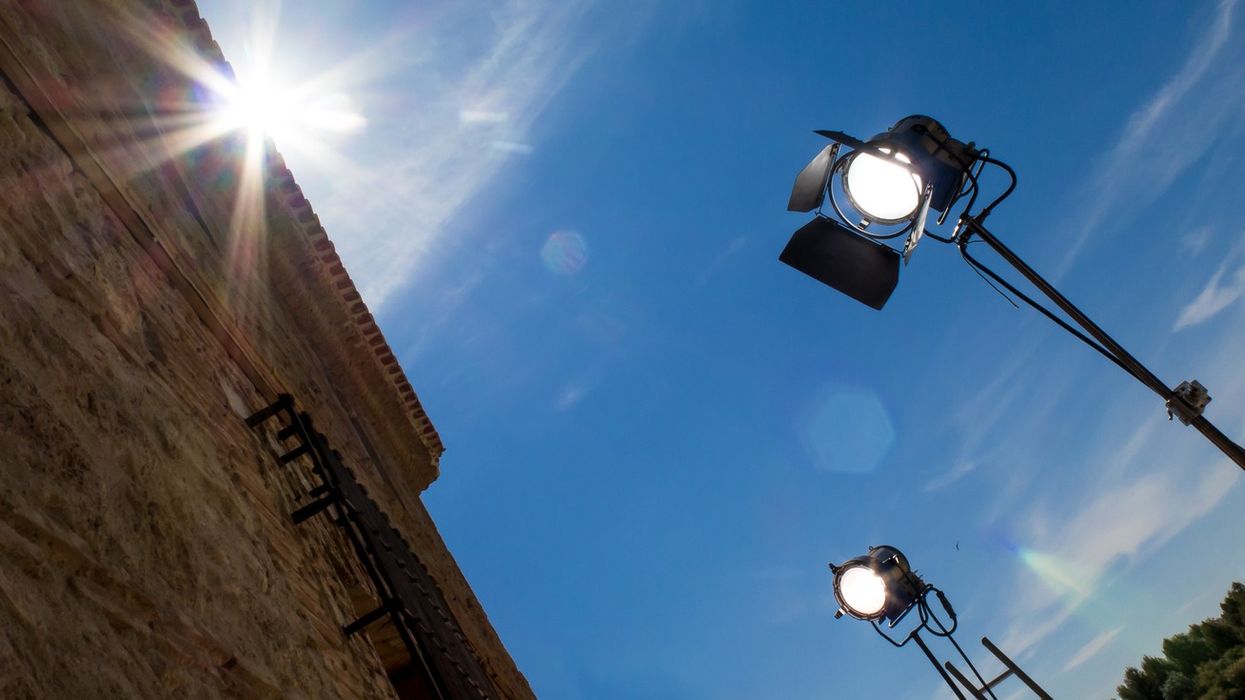[This article originally appeared on PremiumBeat and has been republished with permission.]
Cameras like the heat just about as much as they like water—which is to say, not at all. So, what do you do if you're filming on a particularly hot day?
When cameras overheat, they can shut down or incur long-term damage. Here are seven ways to keep your camera and other gear cool during a hot summer shoot.
1. Use umbrellas
 Credit: Amazon.com
Credit: Amazon.com
Let’s start with the most obvious solution: you put a mini umbrella on your camera like it’s a damn Mai Tai on a Caribbean beach. Umbrellas—whether full-size to cover your rig or small enough to keep only your camera shaded—can be quite helpful in cutting down the sun's rays. Here’s a
practical option on Amazon.
2. Keep it in the bag
 Credit: Tenba Tool Box Camera Bag
Credit: Tenba Tool Box Camera Bag
One easy way to fight overheating is to simply keep your camera out of the sun. That means that if it’s not in use, keep it in the bag. This is especially true if your camera is black or dark colored. You’d be amazed how quickly a camera (even if it’s off) can heat up just by being in the sun. To play it safe, keep it cool and concealed in your bag or camera case.
3. Wrap it in a towel
 Credit: iStockPhoto
Credit: iStockPhoto
While shooting, your camera gets exposed to the elements. As we just discussed, keeping as much of your camera as possible out of direct sunlight is important to fight overheating. Consider wrapping your camera in a towel (even while shooting) to help control the temperature. This can also double as a way to cover your head to peer into a viewfinder, which can be hard to see in bright sunlight.
4. Use faster memory cards
 Credit: Panasonic
Credit: Panasonic
Another reason cameras can overheat, even if it’s not overly hot out, is due to internal heat. One major contributor to internal camera heat is writing information to cards. Older, slower cards not only slow cameras down, they also cause them to work harder. If you’re serious about your camera operating at optimal performance, the faster the cards, the better.
5. Use cold gel packs or a cooler
 Credit: De Ridder Packaging
Credit: De Ridder Packaging
After wrapping your camera in a towel, you can take things one step further by keeping a cold gel pack wrapped next to or around your camera. This also works when storing your camera in a bag or cooler (but don’t let it get too cold too quickly!). Gel packs, as long as they don’t wet, can be a great trick in the heat.
6. Use external batteries
 Credit: IndiPRO Tools Power Grid System
Credit: IndiPRO Tools Power Grid System
Again, cameras can overheat more quickly when they are working harder internally. Another way to fight internal overheating is to remove the battery source from inside. A lot of cameras can work off of external battery packs or sources, which can physically remove one of the hottest elements from the internal equation.
7. Rotate cameras
 Credit: RED and Alexa
Credit: RED and Alexa
For most filmmakers, it’s common practice to bring a backup camera on a shoot. However, it’s also almost just as common to never use that backup. If you’re serious about battling overheating, employing a two-camera rotation can be a great way to keep them both from overheating.
You can find the original version of this article on PremiumBeat.com.
Featured image from iStockPhoto.


















![Ethos, Pathos, Logos: 20 Effective Ways to Advertise [Infographic]](https://nofilmschool.com/media-library/ethos-pathos-logos-20-effective-ways-to-advertise-infographic.jpg?id=34064614&width=600&height=600&quality=90&coordinates=560%2C0%2C0%2C0)

